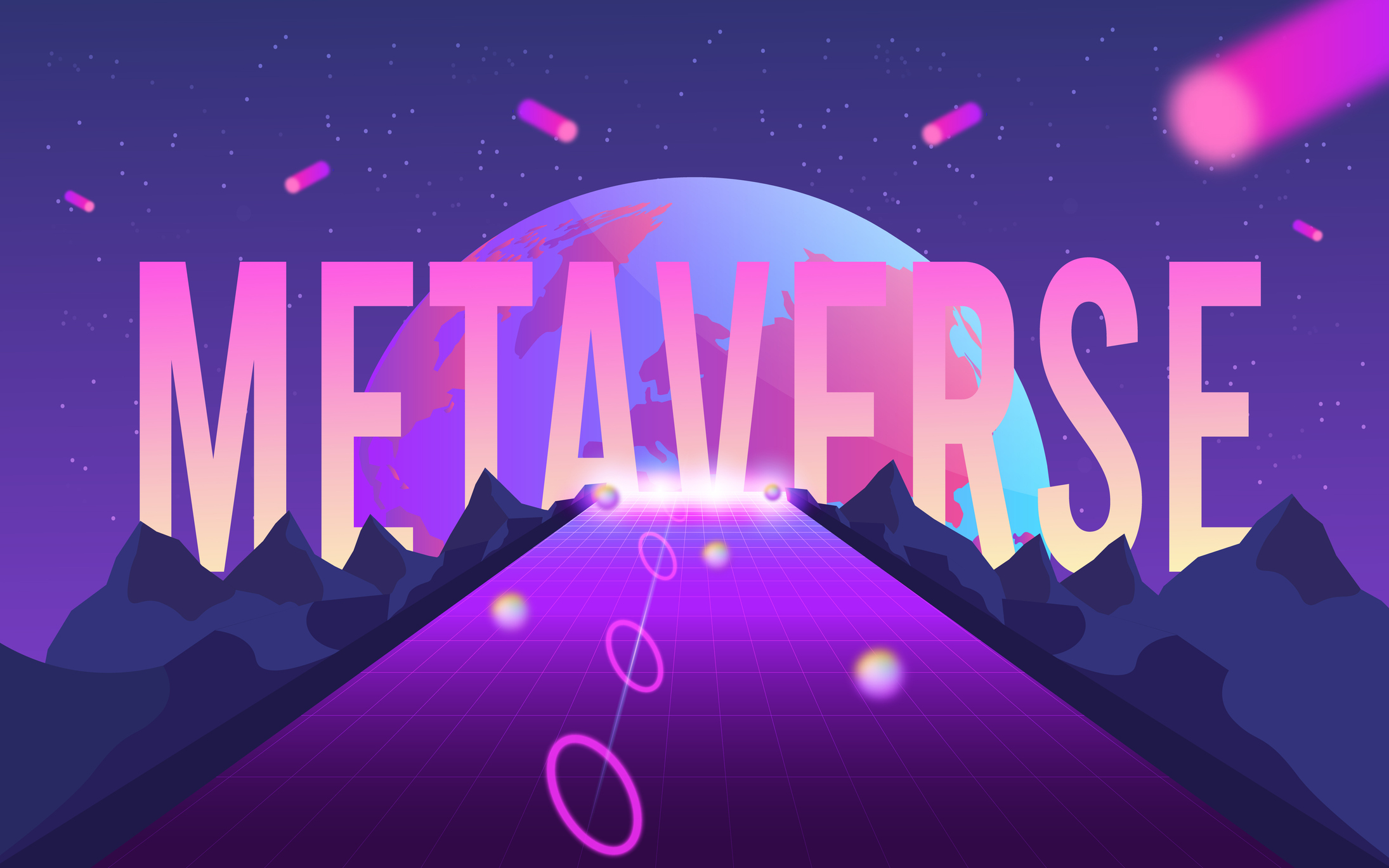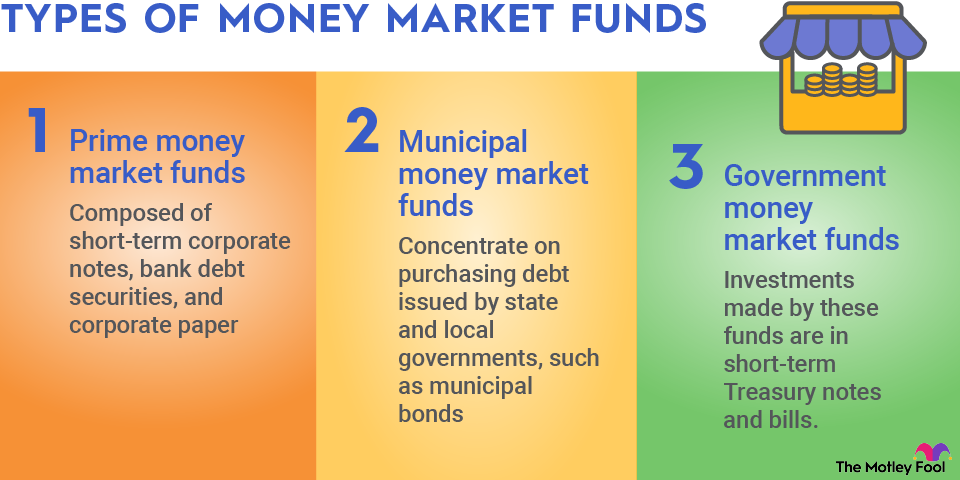In other words, rather than simply viewing something (a live broadcast, webpage, work document, etc.) on a display, the metaverse is imagined as allowing us to be a more direct participant in a virtual experience.
A person's presence in virtual worlds is represented by an avatar that can interact with the virtual world and other people in it. According to Zuckerberg in an interview on the Lex Friedman podcast, "... one definition of this is [the metaverse] is about a time when immersive digital worlds become the primary way that we live our lives and spend our time."
Parts of the metaverse
Does that mean the metaverse won't exist until we are all trapped inside this virtual fantasy realm? Not exactly. By some definitions, the metaverse doesn't have to be accessed using VR. Three-dimensional worlds are already in existence today and can be used without VR. While some might argue they aren't immersive enough (meaning it should feel like we are in the virtual space rather than just looking at it on a two-dimensional screen) to be called part of "the metaverse," early versions of this ambiguous tech term are here.
As for how the metaverse is used, here are three broad cases.
1. Video games
An early use for the metaverse is in the video game industry. Think popular video games such as Microsoft's (MSFT +0.59%) Minecraft, Epic Games' international hit Fortnite, or the online game and creation platform for kids Roblox (RBLX -1.07%).
Although most people still play video games using a traditional device like a computer, smartphone, or gaming console, all the components for an immersive experience are there in some games: A customizable avatar representing the player is made, the virtual world can be interacted with by the player, there's a social component with other players, and an economy exists in which digital goods can be bought and sold.
As for the digital economy component, goods can be purchased with physical money such as dollars, with currency developed specifically for the game (such as Robux in the Roblox platform), or even with cryptocurrencies (some blockchain projects are even selling virtual real estate in the form of NFTs). This concept of the economy being extended into a virtual world (or onto the internet itself) was a primary reason some cryptocurrencies like Bitcoin (BTC +0.82%) were developed.
Most of today's games are rudimentary in comparison with how some envision the future of the metaverse economy, but this digital exchange of virtual products using digital currency within a video game provides a general idea of how it might work.



















